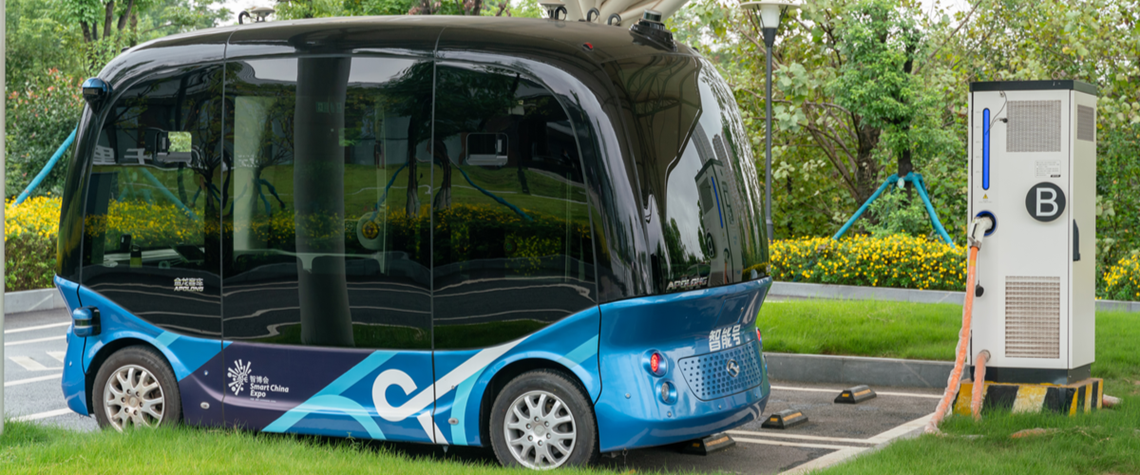China targets commercial fleets in new green transport plan
Five-year plan calls for more NEV deployment in fleets of urban buses, taxis and logistics vehicles by 2025
China wants more of its commercial and municipal vehicle fleets to be zero- or low-emission by the middle of this decade as it looks to push a world-leading boom in electric vehicle (EV) adoption into other corners of the transport industry. The government plans to convert more of its commercial road fleet to new energy vehicles (NEVs) from 2021-25, according to the 14th Five-Year Plan (FYP) for green transportation development recently released by the Ministry of Transport. Chinese authorities define NEVs as hybrid and battery EVs, fuel-cell EVs, cars with hydrogen-fuelled internal combustion engines (ICEs), and vehicles powered by other alternative fuels. The FYPs are the most important gu

Also in this section
22 July 2025
Sinopec hosts launch of global sharing platform as Beijing looks to draw on international investors and expertise
22 July 2025
Africa’s most populous nation puts cap-and-trade and voluntary markets at the centre of its emerging strategy to achieve net zero by 2060
17 July 2025
Oil and gas companies will face penalties if they fail to reach the EU’s binding CO₂ injection targets for 2030, but they could also risk building underused and unprofitable CCS infrastructure
9 July 2025
Latin American country plans a cap-and-trade system and supports the scale-up of CCS as it prepares to host COP30








